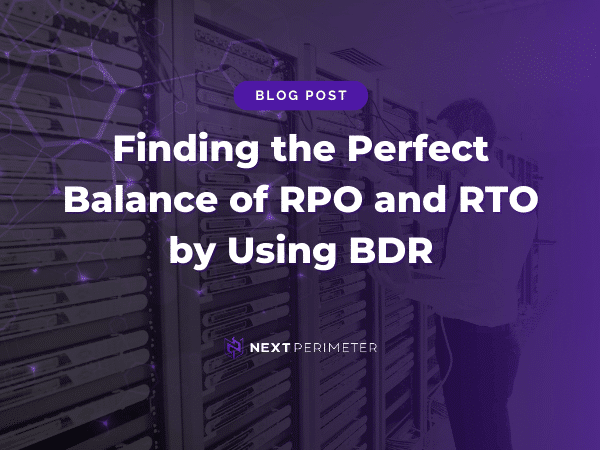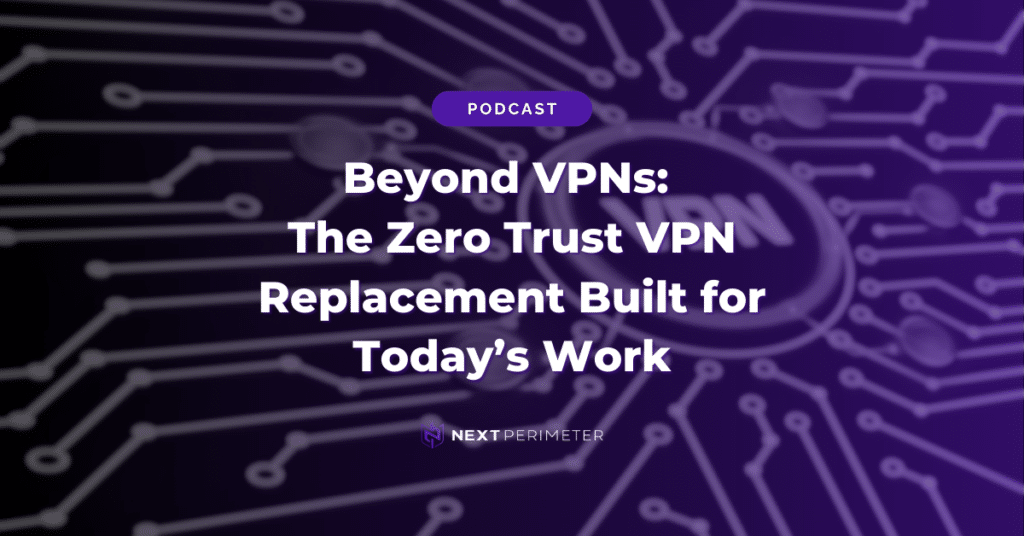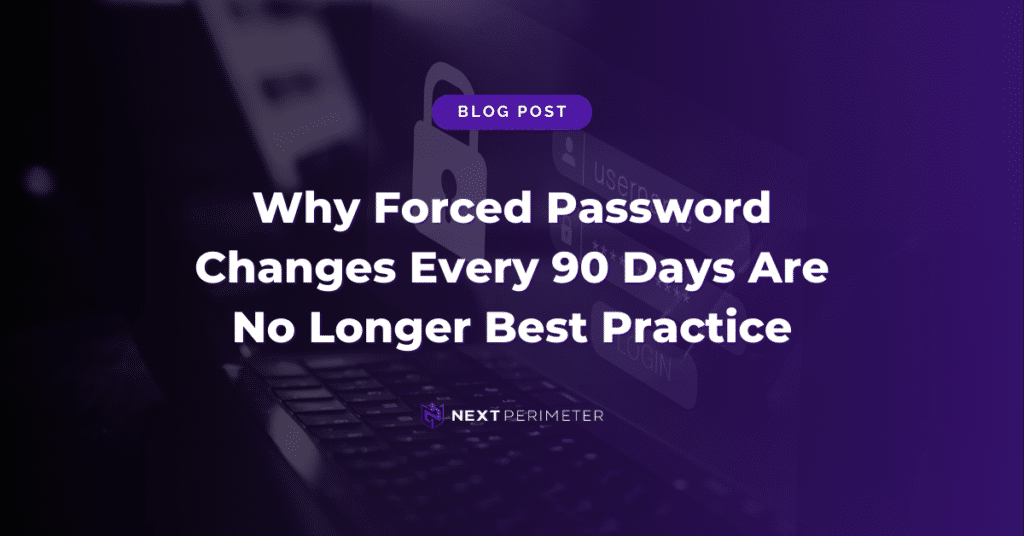Every business needs a robust disaster recovery (DR) plan—complete with a backup strategy capable of restoring mission-critical data fast. Sounds easy enough, right? In reality, data backup is not a one-size-fits-all solution.
How long would a full backup really take?
Let’s say you need to back up 5 TB of data. The upload time will depend entirely on your upload speed, not the download speed most internet plans highlight.
Even Fast.com hides your upload speed under a “more info” button—buried in small print.
For example, even if your internet plan claims 440 Mbps, your real upload speed may only be 190 Mbps.
Knowing this, it’s a good idea to call your ISP and get clarity on upload capacity. Better yet, let your Managed Service Provider (MSP) handle it—they often have vendor partnerships and can negotiate better bandwidth at a better rate.
What affects backup and recovery costs?
It all comes down to two key objectives:
- Recovery Point Objective (RPO)
- Recovery Time Objective (RTO)
Understanding these helps you strike the right balance between availability and affordability.
Recovery Point Objective
RPO refers to the maximum amount of data you can afford to lose, measured in time.
Ask yourself:
-
-
- How far back must your backups go to meet compliance or continuity needs?
- How close to real-time must your most recent data be restored?
-
The shorter the RPO, the more storage you’ll need—and the higher your costs.
A more aggressive RPO might require 5x to 10x more storage, even with compression and deduplication.
Recovery Time Objective
RTO is all about how quickly you can recover operations after an outage.
Ask: “If disaster strikes now, how soon can I be up and running?”
Virtualization makes it easier for small businesses to deploy high-availability infrastructure, but faster recovery comes at a cost.
The key is to invest in solutions that allow you to fail over automatically or manually—on-prem or in the cloud.
An MSP like Next Perimeter can help tailor a failover strategy that meets your budget and RTO needs.
Reducing RTO On-Site with BDR Appliances
If your building and power are still intact after a disaster, local recovery is your fastest path to restoration.
A Backup and Disaster Recovery (BDR) appliance can:
- Virtualize your server and run it internally
- Restore systems without cloud bandwidth constraints
- Isolate backups from ransomware or insider threats
Standard storage won’t offer these capabilities.
Reducing RTO in the cloud
If your entire site is down, cloud recovery becomes essential—but it can be slow.
Factors that impact recovery time include:
- Volume of data being restored
- Bandwidth of your internet and your cloud provider
Next Perimeter’s Disaster Recovery as a Service (DRaaS) allows you to spin up your environment in the cloud, continuing operations without waiting for a full download.
If your current solution doesn’t support this—it’s time to reconsider.
How to Balance RPO and RTO for Cost-Effective Recovery
Here’s the formula:
- Lower your RPO by using local backup with a BDR appliance.
- Use the cloud selectively, only for major disaster scenarios.
- Understand the trade-offs: faster recovery = higher cost.
Ultimately, when your data is gone or inaccessible, you need to know:
- How fast can I get back online?
- How far back can I recover?
When you have clear answers to those questions, you’re ready to build a recovery strategy that fits your needs and budget.
Ready to Evaluate Your Backup Plan?
Next Perimeter is here to help. Let us assess your RPO and RTO requirements and tailor a BDR solution that keeps you protected and prepared.
Call us at 888-286-4816 to schedule an assessment or explore our Backup & Disaster Recovery services.




